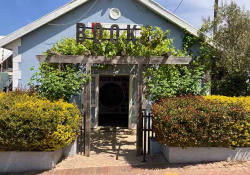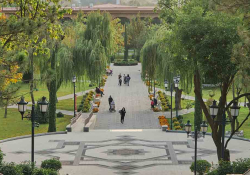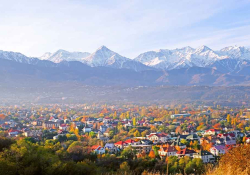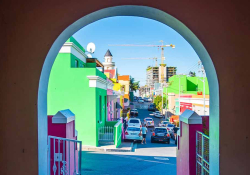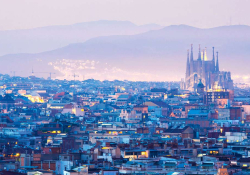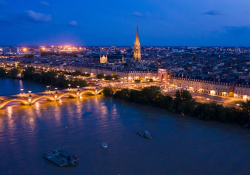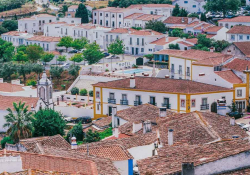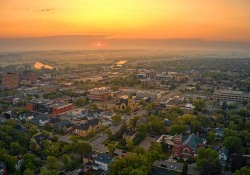Yugoslavia’s Last Monuments
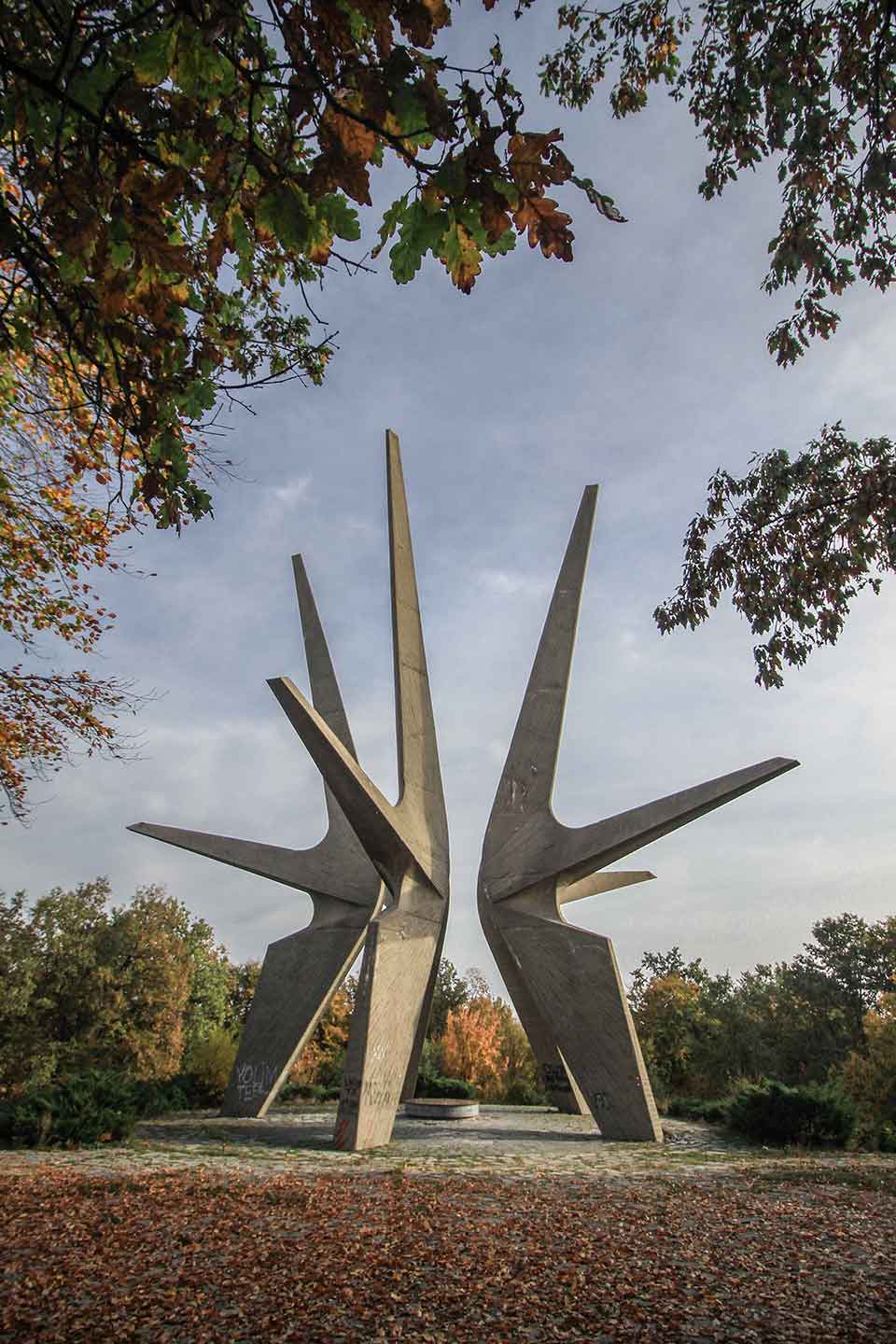
THE ERASURE of spomeniks began little more than a decade after Marshal Tito’s death in 1980. The president of Yugoslavia had commissioned the construction of these Space Age monuments after the brutal Axis occupation of his homeland. Tito envisioned a new Soviet-style mythos for Yugoslavia—one rooted in futuristic utopianism. His embrace of this aesthetic, perhaps unusual for someone born in the small village of Kumrovec, aided his decades-long quest to unify his people. Using brutalist design principles, Tito’s architects memorialized the socialist federal republic’s dead and those who fought the invasion: his Partisan army.
Over thirty years, thousands of these outsized concrete spomeniks appeared across the Yugoslavian landscape. Often built in remote locations, at battle sites or places of patriotic heroism, these monuments dwarfed their surroundings. In today’s Republika Srpska, the Monument to the Battle of Sutjeska at Tjentište sits in a pleasant green valley, occasionally visited by glum-faced schoolchildren and hikers seeking to conquer the nearby peak of Sniježnica. The jagged dual wings of this spomenik, each some nineteen meters high, resemble a giant hunk of stratified limestone cleaved in two. Inside the poured concrete façade lies an unseen cagelike rebar structure.
Not far away in the other entitized form of Bosnia and Herzegovina, the skeletal remains of another spomenik sit atop Mt. Makljen. Monument to the Battle for the Wounded (sometimes known as The Fist) commemorates the Partisan soldiers who defended the mountain pass from Axis troops. The blocky abstract fist rose to a height of fourteen meters and was painted white—a symbol of defiance against the fascist invasion. Decades later, in 2000, local vandals dynamited the spomenik; they blasted the concrete shell away and left only a rig of smoldering rebar.
In the eyes of many, the brightness of Tito’s utopian socialist realism faded dramatically during the Yugoslav Wars. The rallying call of a single Slav state felt hollow, meaningless, with so many dead. And spomeniks were a reminder of the false unity of the past. Indeed, the towering hubris of these monuments was starkly evident. The wars reignited the Balkans’ historic factions—Serbs, Croats, Kosovans, Macedonians, Bosniaks, Slovenians, Montenegrins—to raise again past grudges and the specter of bloody nationalism. On the lips of the citizens of this dissoluted republic were places of mass death and ethnic cleansing: Batajnica, Vukovar, Bihać, Srebrenica.
Through the 1990s and 2000s, hundreds of spomeniks were vandalized or destroyed or left to crumble away. Visit Košute, Drvar, or Kamenska to see slabs of broken concrete strewn across the landscape. Colorful graffiti is the only sign people still visit these areas. In other places, some spomeniks have been replaced by churches or new monuments documenting the victims of the wars. Plaques on these new monuments often revisit the resentments of the former Yugoslavia. Unresolved trauma is on full display.
In recent years, there has been a worldwide interest in the most famous spomeniks, such as the stylized winged monument at Podgarić, a memorial to a local rebellion against the fascist Ustaše. Concurrently, within the former Yugoslavia, a growing fondness for the republic can be seen in hip café-bars, art exhibitions, even on reality television. Titostalgia draws upon a rose-tinted view of Tito’s benevolence: his futuristic dream of a forward-looking and powerful Yugoslavia. Younger generations have started to valorize his life and work; they imagine a Golden Age of better times and when people said “brotherhood and unity” without a sense of irony.
The spomeniks speak to these dreamers. These last monuments point the way to reconciliation: a future for them all.



